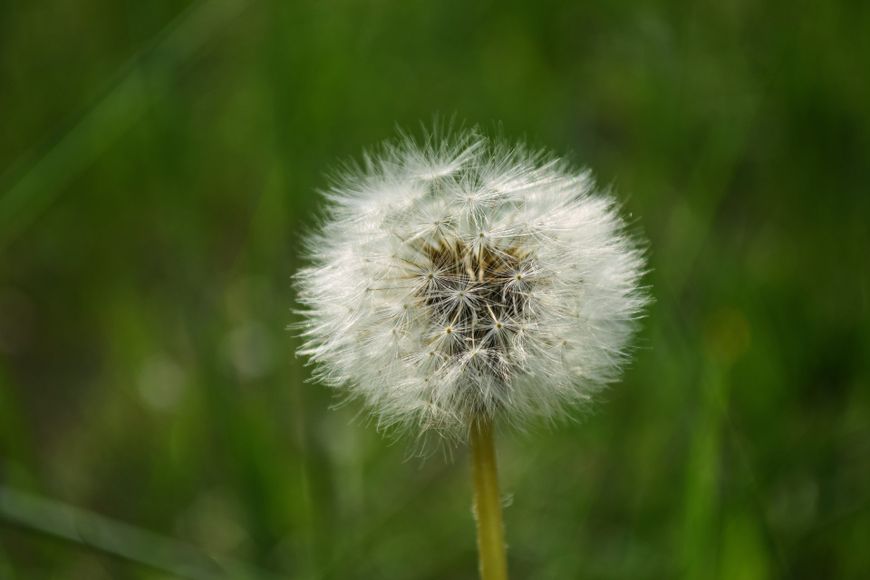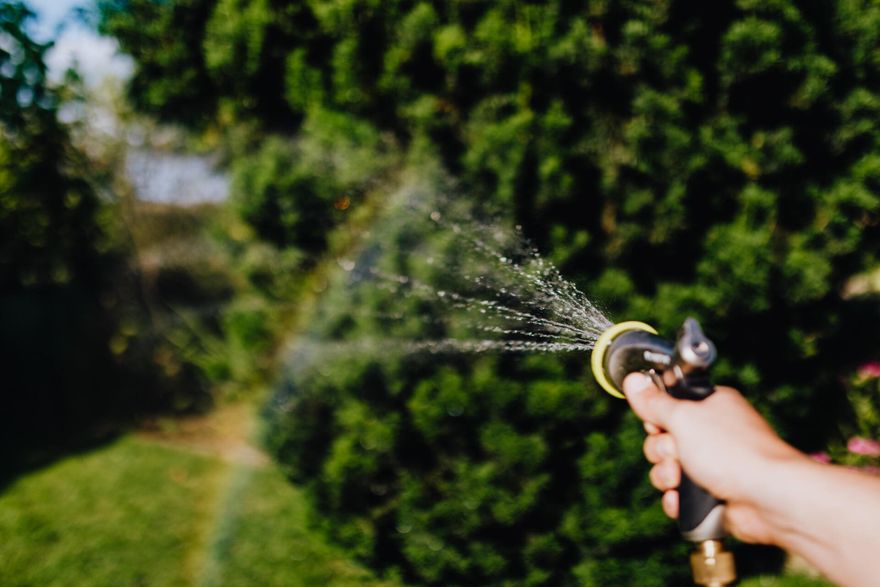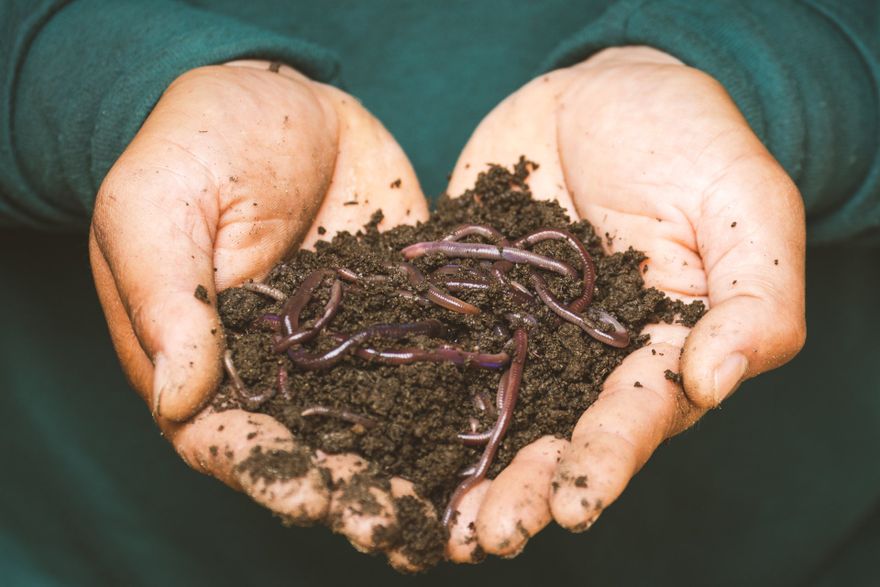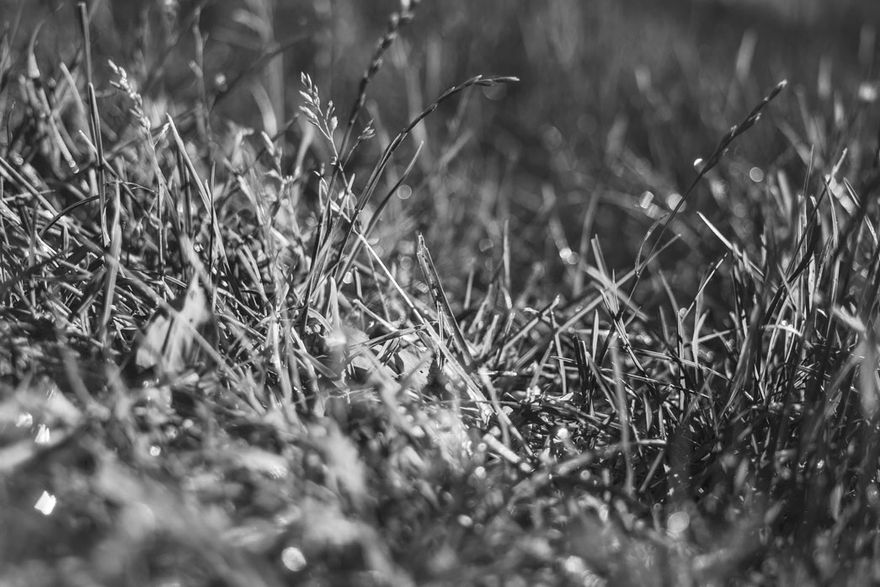Tom Reily Landscapes
602-671-0394
Grass Is My Thing!
My passion is grass (no, not that kind lol). I love working with it, figuring it out, learning how to solve problems, and everything else associated with it. It started when I was young and has now become my business. Lucky me! Here, I try to inform, educate, help and maybe inspire you to draw the beauty out of your patch of heaven. Poetic, maybe, but at least it's good info.
It’s all too easy to be envious of the neighbor’s green grass. Some homeowners seem to have a green thumb, enjoying gorgeous grass without hardly an effort. Others, you may be one of them, seem to have a lot less luck. However, it actually isn’t about having luck or a green thumb. It’s about knowing what is needed to keep the grass in great shape, so it’s thick and green, and how to handle any issues that may come up. Read below to learn more about the various issues grass can have and how to handle them, as well as how to choose the right grass for your yard.

Watering - How much?
If there isn’t enough water for the grass, it’s going to turn brittle and dry. It’ll start turning gray, then a blue color, and when the grass is walked on, footprints will remain for 30 minutes or longer. Eventually, if the grass still isn’t watered, the blades will start to turn yellow and brown. The lawn will end up looking dry and crunch when it’s walked on. At this point, the grass is dormant and can come back when it is watered again.
Over watering can be just as bad as not watering the grass enough. When the grass is watered too much, it’ll end up getting limp and feel squishy when it’s walked on. Fungal issues can start when there is too much water, as well as moss or algae growth. If over watering continues, the grass can turn yellow and brown. Reducing the watering can help the grass recover when this happens.

Which type of grass?
Some grasses are just naturally greener than others, so if the yard is perpetually a lighter green color, it may be because of the type of grass. Changing the grass can be as simple as using tools to remove the existing grass and installing new sod or seeding the yard. When this is done, it’s important to choose the right type of grass for the deep green look. Some types of grass to consider include the following.
Kentucky Bluegrass
A cool-season grass, Kentucky Bluegrass is an incredibly popular option because it grows fast and has soft blades, perfect for walking barefoot. This is a fantastic option for yards and has the deep green color desired by homeowners.
Fescue
Fescue is another cool-season grass, though it can often thrive in warmer areas. Another option perfect for yards, Fescue has a more subtle green color but is soft, durable, and tolerant of shade.

Weeds & Bugs that Kill
Grass problems often result from weeds or bugs that end up killing the grass. This can happen in patches or can take over the yard and harm all of the grass. After determining what is causing the harm, it should be easy to get rid of them. Knowing the signs can make it easier to spot future infestations quickly, so they can be removed before they get too bad.
Chinch Bugs
Cinch bugs live on top of the soil and can often be spotted between the blades of grass. They use the grass as food and can pull fluids from the grass to drink. When they do, this can cause it to look like the grass isn’t receiving enough water. However, adding water isn’t going to help. It’ll be necessary to remove the cinch bugs to allow the grass to recover.

Fertilize naturally or with chemicals?
Grass, like all plants, requires proper nutrients to grow. The main ones to be concerned about are Nitrogen, Phosphorus, and Potassium, though there are many smaller ones that are needed, too. Fertilizers will include the percentage for each of the main nutrients, so it’s possible to add the right kind of fertilizer to help the grass thrive. Knowing the right kind to use, however, can be a little more difficult. It’s also important to consider whether the fertilizers used should be chemical or natural ones.
Natural fertilizers can be made from manure, compost, and other recycled materials, and they are often beneficial for the grass as they can add the right amount of nutrients to keep the lawn healthy. However, it’s not easy to tell how much of each nutrient is there, so if the grass is deficient in only one nutrient, too much of the other types may end up in the soil.
Chemical fertilizers, on the other hand, are labeled to provide help with specific issues the grass may have or for certain purposes. There are various forms of fertilizers available depending on what the grass needs, and they are easy to purchase at the store.

Yellow or Thin Grass
Healthy grass should be a deep green color. If it’s starting to yellow or it’s growing thin, there is something wrong that needs to be fixed. Going through a short checklist can help narrow down the options and figure out what’s wrong with the grass.
Stress From Drought
If there isn’t enough water because it hasn’t been raining, irrigation becomes necessary to keep the grass green. Grass that is under watered will start to turn yellow and go dormant, which isn’t going to look great. An irrigation system or a sprinkler on a timer can help make sure there is plenty of water. Be sure to use a rain detector so the system doesn’t come on if there’s enough rain.

Who can help me locally?
Fortunately, there is a bevy of resources! Some to consider:
--Local farmer's markets have many people steeped in the world of growing, fertilizing, and are usually happy to help
--Classes at your community college are a great way to meet with professionals who are well trained in their specialty
--Non-professional groups devoted to gardening, lawn care, wholesome living, etc. Someone else has dealt with your problem, as well. It's good to hear other's stories of success.
--Don't forget your local lawn care business owner. They see these problems a lot. Pick their brain for ideas on solutions.
--Don't forget relatives that have been maintaining their yards for years. That time frame makes them para-professionals :)

Looking for other lawn & maintenance companies?
We network with other like-minded businesses, just like everyone does. With that in mind, we can give recommendations for mowing specialists, like us, who go above and beyond for their customers. We do all our work with excellence, and would never recommend someone else who isn't of the same caliber as we are. None of our recommendations are in our own city. I mean, we want to give them a shout out, while not shooting ourselves in the foot, you know? So, if you have friends, family or bosses that live in these towns, do them a favor and let them know who to use.
In Laveen Arizona, Landscape Laveen is a group of hardworking individuals who aim to please. They are reasonably priced, they pay attention to detail, and I'd use them any day. Check them out here LandscapeLaveen.com.